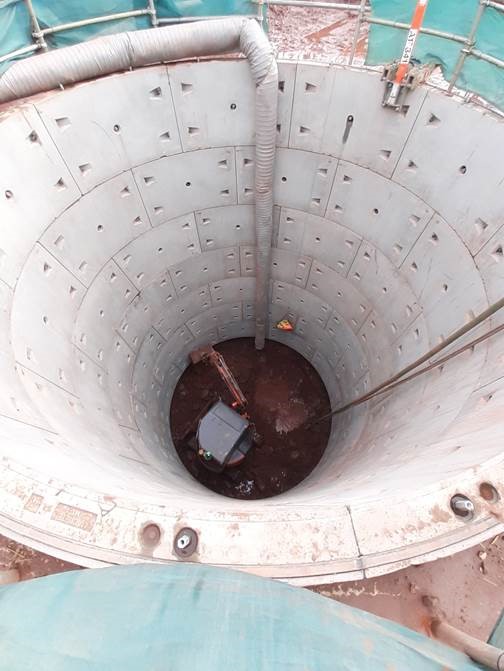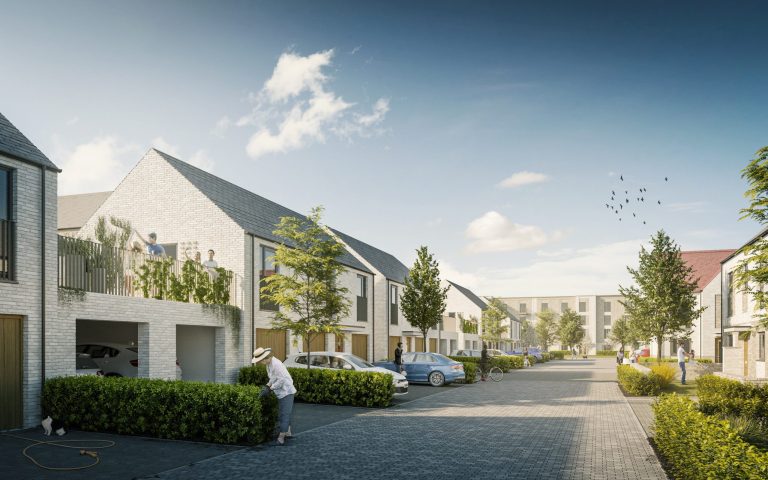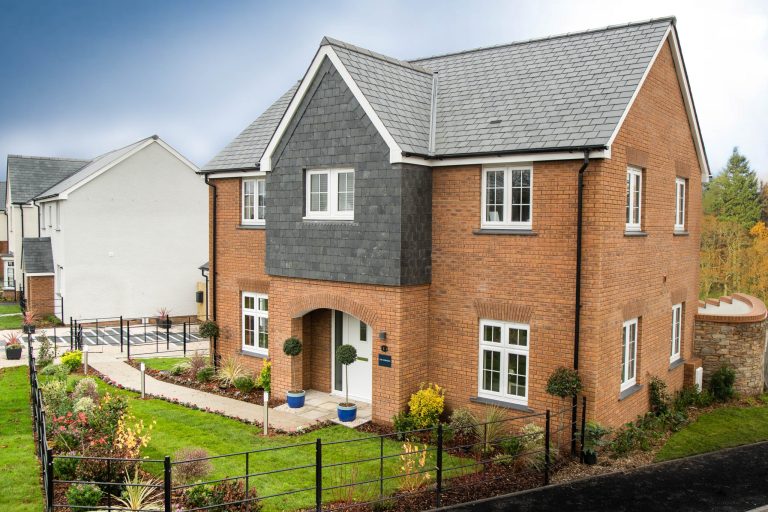The Institute of Residential Property Management (IRPM) has responded in detail to the Housing, Communities and Local Government Committee’s recent call for evidence on cladding. The call for evidence will inform the Cladding: Progress of Remediation inquiry which is reviewing progress in removing potentially dangerous cladding from high-rise and high-risk buildings, and the adequacy of funding by the Government. The Committee is seeking evidence on the following issues: Is the Government’s new £1 billion remediation fund sufficient to address all remaining concerns in high-rise and high-risk buildings? What lessons should be learned from the administration of previous funding mechanisms? Will the new External Wall Fire Review process for the valuation of high-rise properties be effective in improving access to buildings insurance and mortgage finance for leaseholders? What additional challenges have been presented by the coronavirus pandemic and how might these be overcome? The IRPM response addresses these questions in order. Is the Government’s new £1 billion remediation fund sufficient to address all remaining concerns in high-rise and high-risk buildings? No. The contribution is substantial and warmly welcomed, but it is a small sum compared to the likely cost of remediating buildings to a safe condition. The National Housing Federation estimates that their membership is facing a £10bn bill to remediate buildings in the social and affordable sector. The G15 group of housing associations estimates £6.8 bn for their members alone. ARMA estimate £3.6bn for their private sector members. Until at-risk buildings have been assessed, the final remediation cost will remain unknown but since the size of the private sector is approximate to the social sector, the best estimates suggest a bill anywhere between £12-20bn. However, the scope of the fund is limited to certain types of non-ACM cladding only for buildings above a notional height. It does not include other elements of the external wall system, nor other failings of fire safety such as compartmentation and fire stopping both internally and externally. It is akin to funding one or two new tyres on a car but disregarding the loose wheel nuts, defective brakes and leaking fuel tank. Replacing cladding will not in itself make buildings safe. Within the defined scope of the terms of the fund, it is thought likely that the £1bn fund will require increasing. Further analysis and more surveys will be required to assess by how much. However, if the question is widened to providing safe external wall systems and fire compartmentation in multi-dwelling residential buildings, then it is clear that the £1bn fund is a small fraction of the likely cost. Beyond the scope of the original ACM fund and the later £1bn non-ACM fund are other costs and other buildings. Other costs are: other related remediation costs, e.g. insulation and related fire safety failures. The focus on cladding alone as opposed to the external wall system does not tackle the more complex reality of wall systems. waking watches (typically £3,000 per building per week, £6,000 for a larger building). Around 420 waking watches across the country are wiping out estate reserve funds and being charged back to residents with harmful consequences. Some residents are simply unable to meet these substantial and unexpected costs. ameliorative measures such as temporary alarms. increased insurance premiums and excesses. the human cost. The metrics of this situation seem confined to easily measured financials. It is difficult to quantify the human cost to people whose lives are on hold and blighted personally and financially but anxious residents are suffering a raft of harms including stress, mental health issues, bankruptcy and domestic violence. In addition to the misery caused to innocent residents, some of these costs will crystallise into monetary costs against the state; welfare, policing, health, restrictions on labour mobility, bankruptcy procedures and so on. the time, cost and stress on managing agents, who find themselves involved in the substantial reconstruction of sometimes very large and complex buildings, far beyond their remit and expertise of managing a functional building. They are now dealing with justifiably unhappy residents, an obstructive and protracted system that can prevent them from acting, a [worsening] lack of experts and contractors to survey and fix buildings, and an expectation of providing solutions over which they may not have the authority, the funding or the ability to act. As with innocent leaseholders, managing agents are similarly not to blame for the failure of our construction industry; they are left trying to clear up someone else’s mess. Other buildings: buildings below 18m in height, where government’s own advice (Consolidated Advice Note) recommends buildings of all heights with ACM and HPL cladding should be within the building safety regime. Note, bringing these buildings into scope changes the number of buildings under scrutiny from around 12,000 to over 100,000, a massive leap in scale. Fire, as demonstrated in Barking, Bolton and beyond, does not respect notional boundaries. buildings with external wall systems that are considered a risk but are not covered by the scheme, such as rendered polystyrene. buildings constructed of nominally safe materials but are unsafe due to poor construction, building control and certifications; for example missing fire breaks and inadequate compartmentation. While considering whether £1bn will meet the costs within the limited scope of the fund, it is the costs outside the scope of the fund, which constitutes the majority of buildings and works, that will likely prove the greater concern if we are to make our buildings safe. Going forward, this situation will further crystallise. Dame Judith Hackitt’s Building Safety Programme will require buildings to be certified. Meanwhile, mortgage lenders are now alive to lending only on demonstrably safe buildings. These two drivers will ensure that intrusive inspections will take place on buildings above and below 18m irrespective of the external wall system, whereupon the systemic failures of our construction industry, building regulations and supervisory/certification system will be further laid bare in the coming years, with further remediation costs to follow. Prioritisation of risk, speeding up the process and unlocking the housing market Given the shortages of












